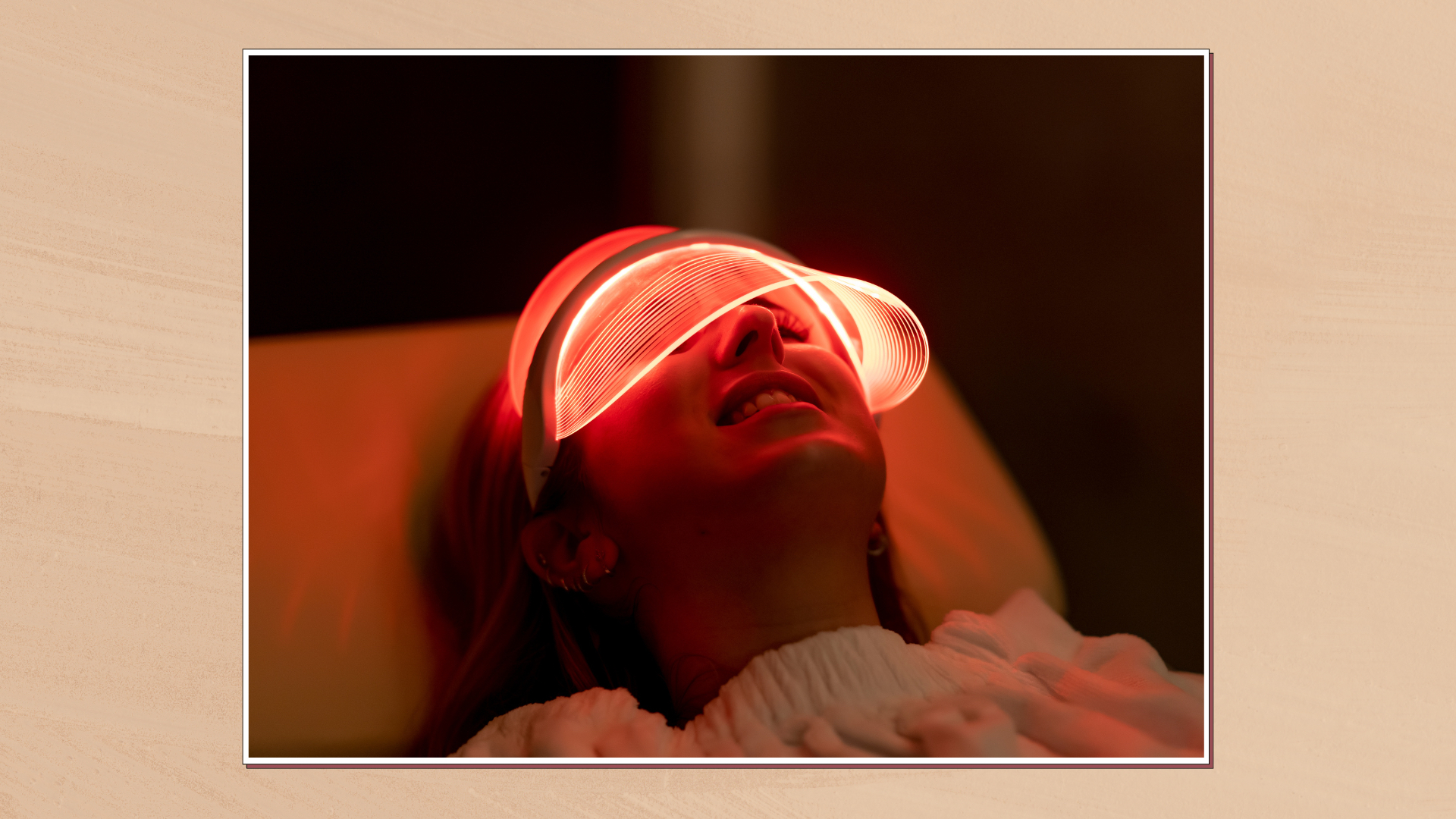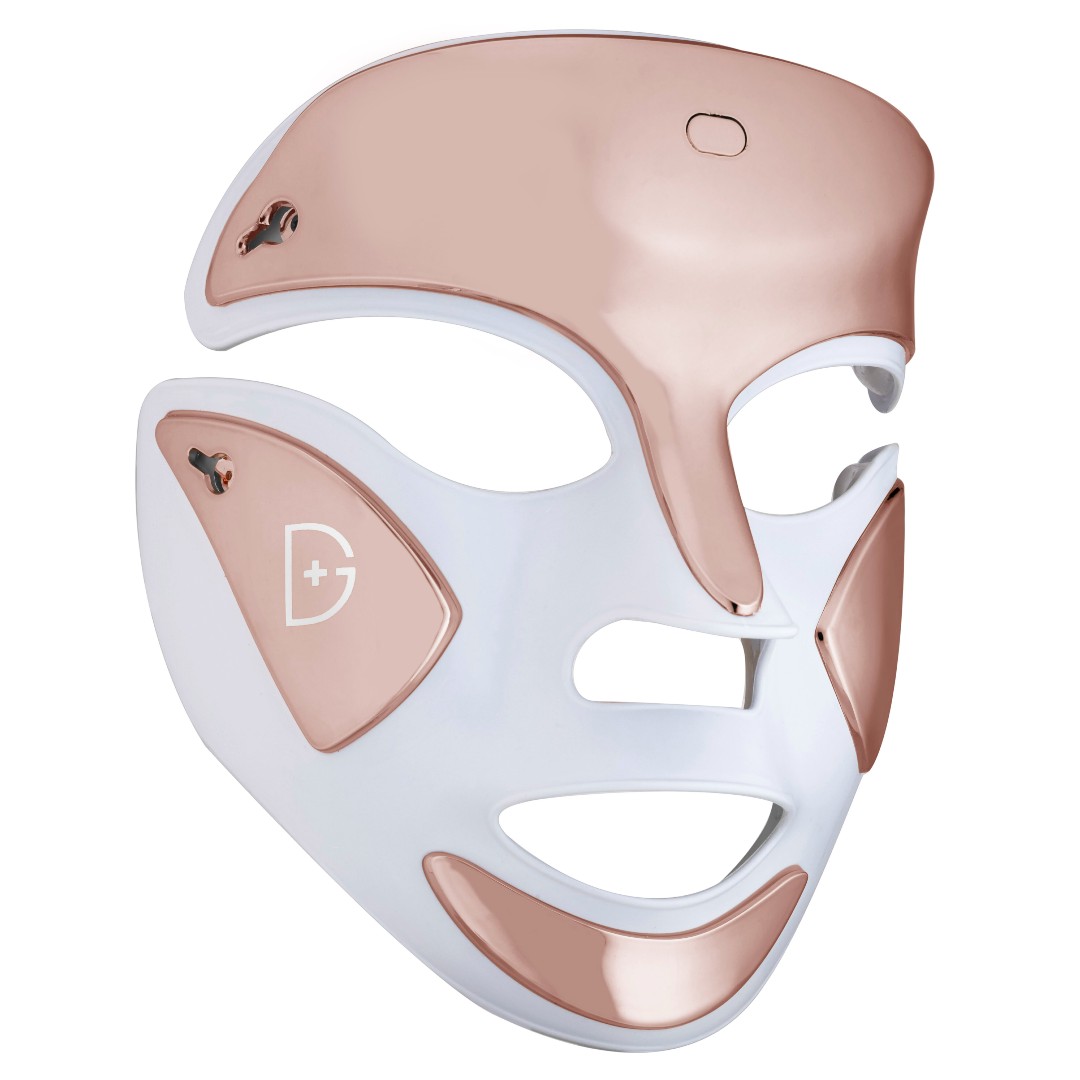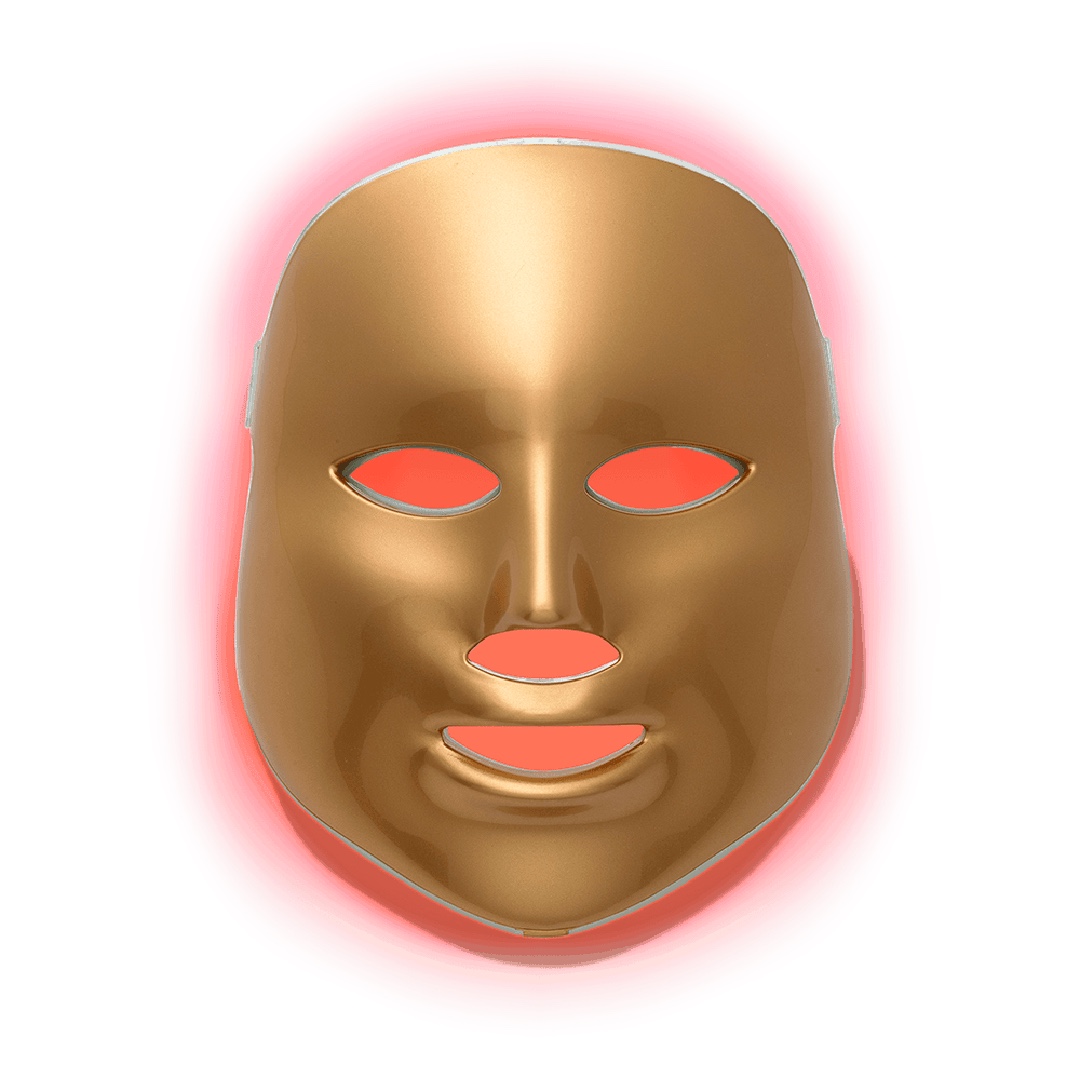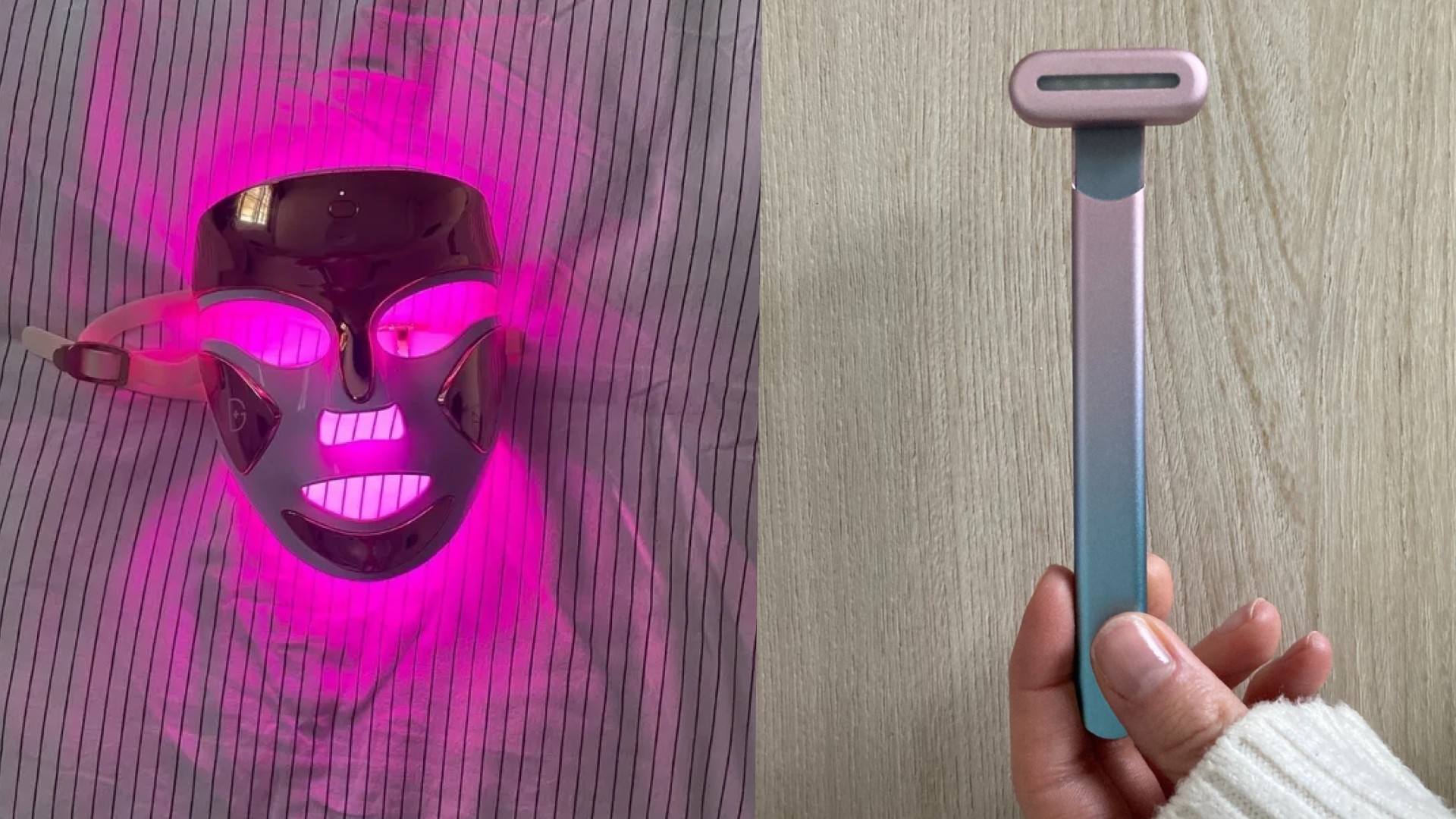'What I wish I knew before buying a red light therapy tool' reveals a beauty tech expert
In the market for a red light therapy device? Our Beauty Editor has a few pearls of wisdom to share on what makes a great anti-ageing tool before you make the splurge


A red light therapy device makes a great addition to your skincare routine. Admittedly, some of these tools can look straight out of a horror film, but these treatments are a safe and are proven to help support collagen production – meaning smoother and fresher-looking skin.
LED stands for "light emitting diode" and, when used in these tools, sends different wavelengths of light into the skin to alter cellular function. Red light therapy devices stimulate the production of collagen and elastin to improve skin firmness and reduce wrinkles. As a beauty editor, I have been fortunate enough to try some of the best red light therapy devices on the market: one of which I've kept up religiously.
After a year of use, I've noticed my tired-looking skin become a little less haggard and a little more peachy. I can't attribute it all to my red light wand; I’m a firm believer that LED should be used in conjunction with a solid skincare regime. It’s not a get-out-of-jail-free card for taking care of your skin. During my time as a red light device devotee, I've learned that not all tools were created equal. So I’ve used my own experience to guide you through the pros and the cons of the various options and what you should consider before investing one to ensure that it works for you.
What to know before buying a red light therapy device, by a beauty editor who's tried several
Our favourite red light therapy devices

RRP: £465
Created by world-renowned dermatologist, Dr Dennis Gross, this hands-free mask combines both red and blue light therapy to target signs of ageing as well as acne. Each treatment takes just three minutes so you can squeeze in a blast during an ad break.

RRP: £500
This luxurious-looking device offers so much more than just collagen-boosting red light. There are five light wavelengths to choose from - red, blue, green, yellow and white, which can be used to target everything from broken capillaries to sensitivity.

RRP: £124.99
Not only is this total Instagram flatlay fodder, it also packs some serious savvy tech with four technologies in one tool to smooth fine lines and boost puffiness. Its neat, diminutive size makes it perfect for keeping by your bed or slotting in your makeup bag. With gentle vibrations and a satisfying warming sensation, it's a total pleasure to use.
1. Some devices make you do the hard work
Light therapy tools vary from handy handbag-sized wands to bulkier robotic-looking masks. Each has their benefits so it’s worth considering the technical specs before you splurge. If you’re the sort of person who paints their nails, watching Netflix, while simultaneously adding the latest H+M designer drop to your online basket, then you’ll probably appreciate a light, wearable, cordless device like Dr Dennis Gross DRx SpectraLite FaceWare Pro, so you can multitask while you mask.
If you want to hone in on precise areas of the face, like under-eye bags, then a smaller cordless wand like the Solawave can work well, and takes up less room, as long as you don’t mind the manual input required to smooth it across your skin. It's not exactly strenuous, but it all comes down to personal preference.
2. Not every device offers multiple light therapies
When choosing a light therapy device, consider your skin goals and what you want to target. As mentioned, LED comes in different coloured wavelengths, and many devices use a variety to treat an array of skin complaints. "Red and yellow light help with overall rejuvenation, fibroblast production, and are anti-inflammatory so will soothe the skin and give a general glow," eplains Dr. Maryam Zamani, a leading oculoplastic surgeon and aesthetic doctor. "Blue light treats acne and green light is used to target pigmentation."
If blemishes are your number one skin concern, then a red light therapy device might not be the best treatment for you. However, many of these masks now offer an a la carte menu of light colours to choose from in one device. So if you’re prone to acne, but also concerned about fine lines and wrinkles, you can effectively treat both. The MZ Skin Light Therapy Golden Facial Treatment Device runs the gamut of light colours to offer complete skin rejuvenation, making it one of the best red light therapy devices on the market. As Dr. Zamani explains, "MZ Skin's LED has the capacity to efficiently provide red, yellow, blue and green light for multi-functionality."
Sign up for the woman&home newsletter
Sign up to our free daily email for the latest royal and entertainment news, interesting opinion, expert advice on styling and beauty trends, and no-nonsense guides to the health and wellness questions you want answered.
The Solawave, on the other hand, only offers red light therapy, so you won’t be able to treat acne or hyperpigmentation, which may be a dealbreaker for some people. My outbreaks are a lot more low-key these days so it doesn't bother me too much. What it lacks in light settings it makes up for in other skin-improving technologies like microcurrent, massage and warmth. These add-ons not only make the treatment more enjoyable but improve circulation, de-puff and brighten skin.
3. Storage can be inconvenient
If your storage space is as precious and limited as it is in my house, it’s worth noting that LED face masks will take up more room than handheld tools. I keep my Lustre ClearSkin Renew Pro Facewear in its original box, safely tucked away and protected from accidental knocks and enquiring four-year-olds. It’s probably no bigger than a shoe box; mine is kept at the bottom of my wardrobe. The downside of doing so is that, once it’s neatly squirrelled away, I tend to forget about it. It's taking up valuable real estate in my wardrobe but doing nothing for my wrinkles.
The Solawave skincare wand, however, is neat and nifty, measuring 1.5cm wide and 14.5cm long. It’s no bigger than a glass nail file and as light as a pen, making it easily portable and comfortably storable. Mine sits right next to my retinoid serum, night cream and collagen supplement on my bedside table: a handy visual reminder to use it for a minimum of five minutes, three times per week.

LED face mask vs LED wand
4. The battery life can vary
Wire-free tools, from LED masks to the best cordless straighteners, are brilliant, but only if the battery life is generous enough. Most red light therapy devices are charged via a USB, and to be honest, of all the tools I have tried, I've found the battery life to be more than adequate. Impressive even. Take the Dr Dennis Gross DRx SpectraLite FaceWare Pro – a single charge should last 8–10 treatments. Pretty good. My Solawave wand takes 120 minutes to fully charge and will then work for a full 60 minutes. If you're using it for three minutes at a time, per the instructions, then you'll get 20 sessions out of one charge.
5. They can be eye-wateringly expensive
Probably the biggest factor that you need to take into account before buying a red light therapy device is that they do not come cheap and buying one will be a significant investment. These babies can be crazy expensive and you’d be hard-pushed to find one under the £100 mark. Usually, they range from around £150 up to £500. But just like the best mascara, more expensive doesn't necessarily mean a better product.
If you know your gadget of choice is something you will use religiously then you might be able to justify splurging on one of the snazzier, all-singing, all-dancing hands-free masks, which usually utilise multiple types of light therapy. If however, you're the sort of person who flits from treatment to treatment, it may be worth experimenting with a slightly more affordable red light wand.

Stephanie Maylor is a Beauty Editor working across five national magazine titles, with almost 20 years' experience in the industry. She has written for many brands, including woman&home, Grazia, Now, More!, Fabulous, NW, Woman, Woman's Own, Woman's Weekly, Essentials, Best, Chat, and OK! online.
In 2010 she launched her own beauty blog, which was shortlisted for Best Beauty Blog in the 2011 and 2012 Johnson & Johnson Beauty Journalism Awards. She has interviewed many high profile industry experts and celebrities including Alesha Dixon, Twiggy and Christina Hendricks.
-
 Kate Middleton declares baker boy hats are back for 2025 with Love, Actually-esque outdoor outfit
Kate Middleton declares baker boy hats are back for 2025 with Love, Actually-esque outdoor outfitThe Princess of Wales’s signature style is all about timelessness but that doesn’t mean that she never gets on board with trends.
By Emma Shacklock
-
 We're in awe of Sienna Miller's easy-going and 'piece-y' hairstyle and how perfect it is for spring
We're in awe of Sienna Miller's easy-going and 'piece-y' hairstyle and how perfect it is for springThis laid-back hairstyle is - quite literally - making waves this season
By Naomi Jamieson